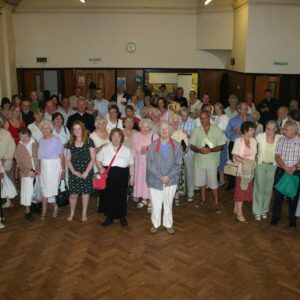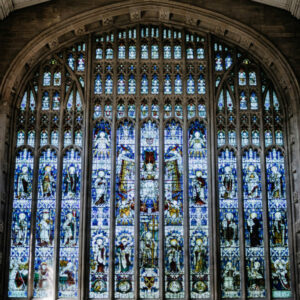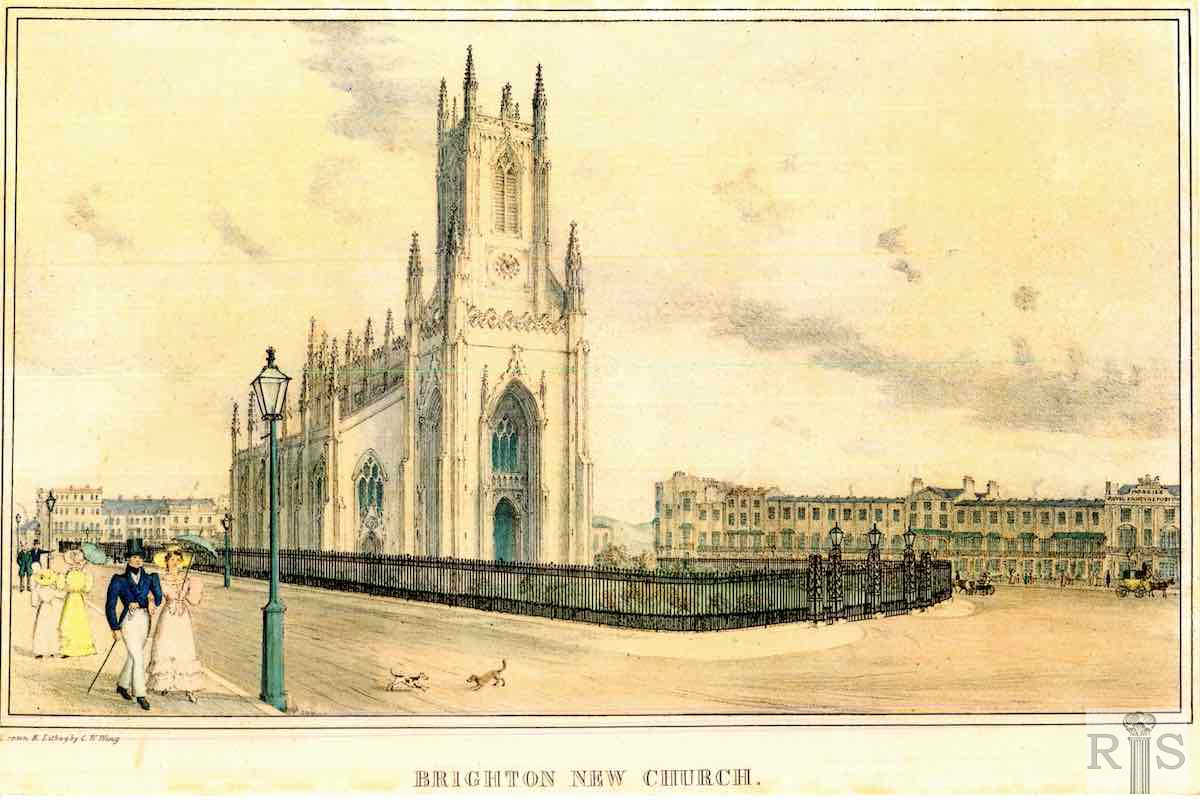At the Heart of the City
A timeline of St Peter's in Brighton.
George IV as Prince Regent commissions a Neo-Classical Villa on the site of the Brighton Pavilion. Brighton is a fishing town with a population of around 4,000.
Brighton Vestry passes a resolution to build a new church following the New Churches Act of Parliament to promote church building in populous areas.
Prince Regent becomes King George IV aged 57
Construction of the Brighton Pavilion is completed.
Royal Suspension Chain Pier opens. Construction begins on the Kemp Town Estate.
Vicar of Brighton Reverand Carr lays the foundation stone for the construction of St Peter’s Church designed by Charles Barry.
Charles Barry designs a spire for St Peter’s but it is never built. Brighton Station is built, designed by David Mocatta.
Queen Victoria sells the Pavilion to the town council.
Grand Hotel is built with one of the first hydraulic lifts in the UK.
The West Pier, designed by Eugenius Birch, opens.
Rev. Cooke Retires.
St Peter’s becomes Brighton’s parish church.
Ring of eight bells cast by John Warner & Sons replaces three existing bells, including two on loan from St Nicholas Church.
Clock tower on Queens Road is built to commemorate Queen Victoria’s Golden Jubilee.
Chain Pier is demolished in a storm.
Construction begins at St Peter’s on a new chancel, designed by Somers Clarke and J.T. Mickelthwaite. Barry’s semi-hexagonal apse is demolished.
Brighton Marine and Palace Pier opens.
Brighton’s population reaches more than 120,000.
St Peter’s new chancel, completed with a new north-facing window, is consecrated in the presence of the Archbishop of Canterbury, the most Reverend Randall Thomas Davidson.
Henry Willis pipe organ is installed at St Peter’s. The church holds a service to commemorate the death of King Edward VII followed by a second service outside attended by 10,000 people.
Ring of eight bells is replaced by 10 bells cast by Mears & Stainbank.
Building of St Peter’s Memorial Hall to commemorate World War I finishes.
Richard Major, master butcher, alderman, former mayor of Brighton, and churchwarden for 20 years dies. He and his wife Ruth are memorialised in a stained-glass window in St Peter’s.
St Peter’s is designated a Grade II building.
Borough of Brighton World War II book of remembrance including around 800 names is unveiled at a service on 11 November and kept at St Peter’s.
The West Pier closes to the public due to safety concerns and falls into disrepair.
Restoration of the Pavilion begins.
The carved wooden reredos behind St Peter’s alter is destroyed in an arson attack. The stone floor around the alter is raised.
Great storm fells trees around St Peter’s.
Repairs take place on the church’s organ chamber roof.
The nave roof is repaired.
Asbestos is cleared from the under croft.
Hundreds of partygoers celebrate the turn of the Millenium at St Peter’s.
Roof gullies damaged by dry rot are replaced.
Rising repair costs and a shrinking congregation lead the Diocesan Pastoral Committee to recommend that the church closes.
The Parochial Church Council votes for church redundancy. Church Commissioners begin a formal consultation over closure. A congregation-led campaign begins to save the church. The ‘Friends of St Peter’s Church’ deliver a petition of 4,000 signatures to the Diocese of Chichester.
Holy Trinity Brompton Vicar Nicky Gumbel meets with the Bishop of Chichester to discuss sending a team to take over St Peter’s. Church Commissioners reject the proposal to close the church after meeting with campaigners and receiving their petition.
The diocese and HTB announce the church is saved. The last Sunday Service, on St Peter’s Day in June, closes the church in its current form. A 50-strong team from HTB led by Archie and Sam Coates arrives at St Peter’s. The church reopens with a service on 1 November with only the chancel, side chapel and hall safe to use. St Peter’s is no longer the Parish Church of Brighton.
A two-year internal repair project begins.
The east aisle opens, and then the entire nave. The congregation is reorientated to face south.
A St Peter’s team moves to revive St Cuthman’s Church in Whitehawk. Scaffold goes up.
i360 tower opens on Brighton seafront. Work begins on St Peter’s tower funded by a £250,000 grant from the Heritage Fund and donations from The All Churches Trust, American Express, Garfield Weston and The Sussex Historic Churches Trust. The World War II book of remembrance is transferred to The Keep.
Work continues on the tower funded by a second Heritage Fund grant.
St Peter’s opens as a food distribution centre during the Coronavirus Pandemic. It receives a £245,000 Culture Recovery Fund grant to carry out repairs to the upper portion of the tower.
A team from St Peter’s start services at St Leonard’s Hove after five years without a vicar. St Richard’s Church, Hollingdean re-opens as part of the family of churches.
A team from St Peter’s joins with All Saints Church, Patcham. City of Brighton & Hove is home to 278,000 residents. Pipe organ is moved to St John’s College Chapel, Cambridge. St Matthias Church becomes part of the St Peter’s family of churches.
St Peter’s is a vibrant church in the heart of the community, hosting four Sunday services, weekly Safehaven drop-ins, the Alpha Course, Faith in Recovery meetings and youth groups among its outreach ministries under the leadership of Dan and Kate Millest.
Sources: A History of St Peter’s Church, Brighton, by PDW Nicholl; St Peter’s Church Archives; public domain.

St Peter’s is Saved
Maureen Dickson shares her memories and journey of being part of the church, her son's wedding, and also with the the Friends of St Peter’s to save the church.

The Fight to Save the Church
In 2007, St Peter’s faced imminent closure. The church building had fallen into expensive disrepair, and the congregation had dwindled. However, thanks to a group of committed church members who campaigned to keep its doors open, St Peter's entered a new phase under new leadership.

Prominent People
Over the past 200 years, visitors to St Peter’s include many, many well-known individuals, not least among them Princess Augusta, sister to King George IV, who was present when the church opened in July 1828, and King Charles, when he was the Prince of Wales.

Windows, Organ and Font
Visitors to the church often note its cathedral dimensions, highlighted by glorious stained-glass windows. Notable among them are work by Victorian designer Charles Eamer Kempe.

Through the Wars
The church has been a source of hope and strength in wartime.

Building for the Future
Stuart Christie, buildings and facilities manager at St Peter's Brighton, describes what it takes to look after our 200-year old building to ensure it's fit for purpose for centuries to come.







‘This project is kindly funded by Historic England as part of the Everyday Heritage - Working Class Histories. We are grateful to them for this funding.’